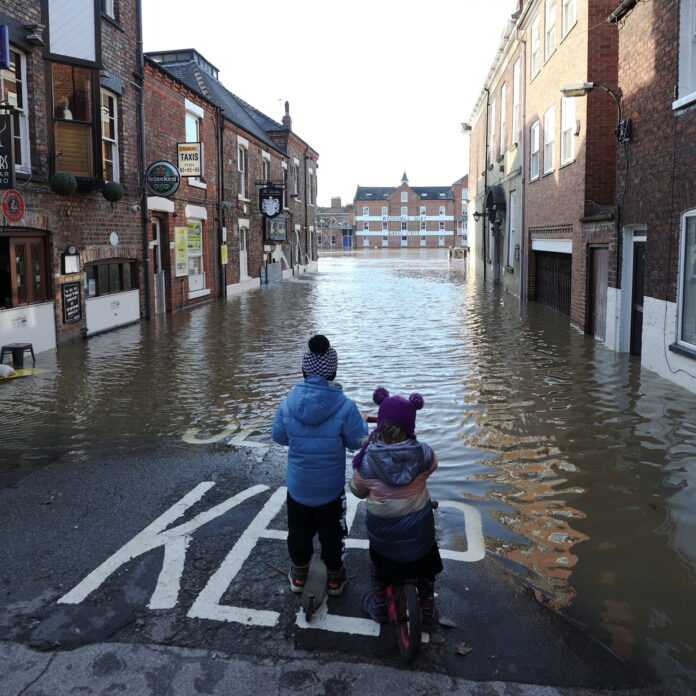Higher temperatures are the new normal for Britain and sea levels are rising significantly faster than a century ago, said the Met Office in its annual look at the UK’s climate and weather
This year’s report continues to show the impact of global temperature rises on the climate in the UK, reaffirming that climate change is not just a problem for the future and that it is already influencing the conditions we experience here at home.
In what was in some regards a relatively unremarkable year in the UK’s recent climatology, the maximum temperature recorded in 2021 was 32.2°C. Compared to years from recent decades this was a relatively low peak temperature, but is still considerably warmer than the average hottest day of the year for the period 1961-1990 of 31.4°C.
In a changing climate we expect variability from year-to-year, but cooler conditions of today are warm relative to past climates, as indicated in the annual mean temperature graph below. While the year 2021 would be considered near normal compared to the last three decades, before 1990 a year like this would be the second warmest in our national series that began in 1884.
Winter and spring were both near-normal compared to the climate of a few decades ago (1961-1990) but summer and autumn were much warmer (+1.5°C, +1.8°C). The UK continues to warm on a rate broadly consistent with, but slightly higher than, global temperature increases, with the most recent decade 1.0°C warmer than the 1961-1990 climate period. 2021 was the UK’s 18th warmest year in a series dating back to 1884.
Since the 1900s sea level has risen around the UK by around 16.5cm. This new report outlines how the rate of sea level rise around the UK is in fact increasing. While the rate of increase was 1.5mm each year in the early part of last century, over the past 30 years the rates of increase have risen to 3.0-5.2mm each year depending on location around the UK. As the sea level rises around the UK it exposes more areas of coastal land to larger and more frequent storm surges and wind driven wave impacts.
Dr Svetlana Jevrejeva from the National Oceanographic Centre, said: “Tide gauge records provide robust observational evidence that sea level around the UK continue to rise due to increased rate of ice loss from the Greenland and Antarctic ice sheets, as well as continued glacier mass loss and warming of the ocean. Our long term records show that over the past few decades rate of sea level rise in the UK is increasing. As sea levels rise there can be greater impacts from storm surges. Last year storm surges of over 1.5 m were seen during Storm Arwen, but extreme sea levels were avoided as this occurred during low water and a neap tide”.







